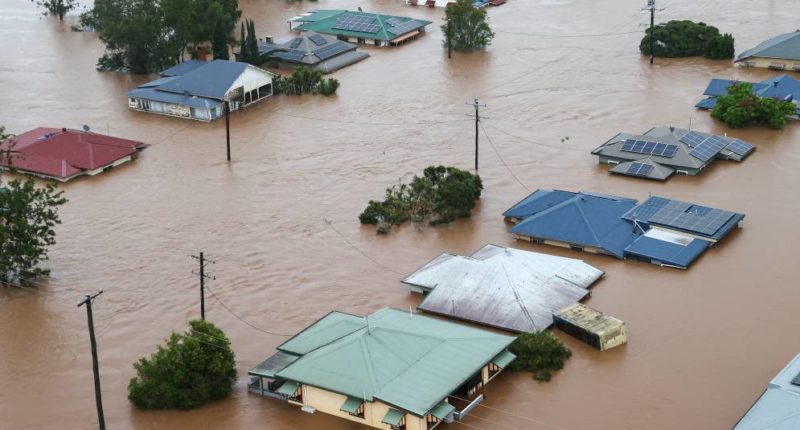The disaster in New South Wales and Queensland are becoming severe. PM Morrison declares a national emergency due to floods. 20 people lost their lives, and thousands have lost their homes. It was after the heaviest rainfall in the states.
The declaration will enable the local authority. The disaster is heartbreaking. With people dying and losing their homes, witnessing the calamity is difficult. One can see it, smell it and feel it.
The power of National emergency, formed in 2019-20. It was after the bushfires. The goal is to cut through any red tape. It tends to offer resources and reliefs. The goal is to provide help through red tape. PM Morrison also wants to be there for people in any way possible.
PM Morrison also informs on the local business. The flood-affected residents and businesses will be eligible for supplementary relief funds. Soldiers from the Australian Defence Force are extensively there to clean up communities.
However, some communities and climate activists greeted Mr. Morrison with hostility.
Though, there has been a lag around. Some of the rescue efforts are totally on the volunteers. Not much of a response is under consideration.
One of the locals informed the ABC Network of the condition. He also stated,” We were stranded on a roof for 16 hours in the rain with a two-year-old child and seven adults. Emergency services were so overwhelmed we couldn’t get through.”
With water receding in the areas, some states are still under flood alerts. These are the areas north of Sydney.
The national emergency is yet signing off. For it to become official, it must get signed off on by state premiers. The country’s governor-general also needs to sign. It will not become a national emergency before that. PM Morrison has called the coming Friday for the signing.
The climate experts caution on the origin of a La Nia weather phenomenon. It exacerbated the flooding issue.
The phenomena develop when winds drive the warm surface waters of the Pacific away from South America. However, it goes towards Indonesia, a La Nia forms. Colder water rises to the surface in their place. A La Nia enhances the possibility of rain, cyclones, and colder daytime in Australia.
Credits: BBC









